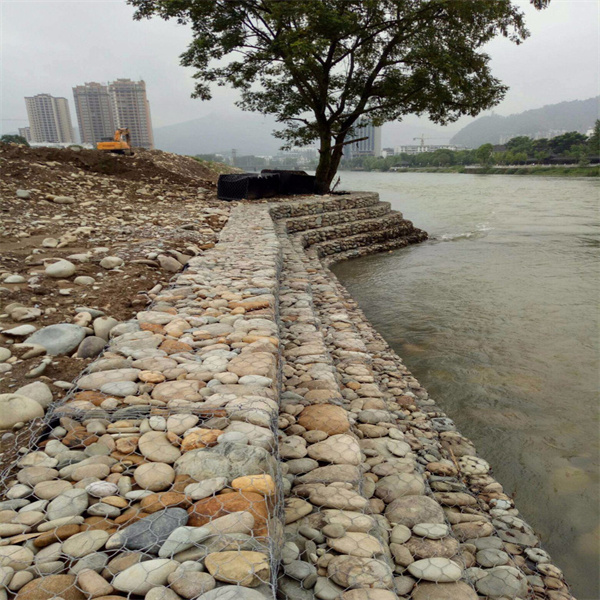Jul . 28, 2024 15:52 Back to list
Understanding the Expenses Involved in Building a Gabion Rock Wall for Your Landscape Project
Understanding the Costs of Gabion Rock Walls
Gabion rock walls have become increasingly popular in landscaping and construction due to their functional benefits and aesthetic appeal. They offer a unique solution for erosion control, retaining soil, and even decorative landscaping. However, understanding the costs associated with installing a gabion rock wall is crucial for homeowners and contractors alike.
What is a Gabion Rock Wall?
A gabion wall typically consists of wire mesh cages filled with rocks or other materials. These walls are commonly used for various purposes, including retaining walls, flood control barriers, and sound barriers. Their design allows for drainage, which reduces pressure from water buildup and erosion, making them particularly effective in wet environments.
Factors Influencing the Cost
1. Material Costs The primary cost associated with gabion walls comes from the materials themselves. The wire mesh boxes, often made from galvanized or coated steel, can vary in price based on quality and size. Additionally, the cost of fill materials (such as natural rocks, recycled concrete, or gravel) can fluctuate depending on local availability and transportation costs.
2. Labor Costs Installing a gabion wall requires skilled labor for proper assembly. The complexity of the installation can affect labor costs; for instance, a straight wall may be less expensive to build than one that involves curves or intricate designs. Additionally, factors such as site preparation, landscaping, and drainage solutions can add to labor costs.
gabion rock wall cost

3. Size and Design The dimensions of the wall play a significant role in determining the overall cost. Larger and taller walls will require more materials and labor, thus increasing the total expense. Furthermore, custom designs can also add to the cost, as they may require additional engineering and planning.
4. Location The geographic location of the installation site can impact costs as well. Areas with easier access to materials and labor will typically incur lower costs compared to remote locations. Additionally, local regulations and permits can affect the timeline and expenses involved in the project.
5. Maintenance Although gabion walls are durable and require minimal maintenance compared to traditional retaining walls, it is essential to factor in long-term care costs, like periodic inspections and potential repairs, especially in areas prone to erosion or heavy rainfall.
Average Cost Estimates
The average cost for a gabion rock wall can vary significantly, but generally, homeowners can expect to pay between $30 to $100 per cubic meter installed. This broad range reflects the factors mentioned previously material choices, labor costs, and the specific characteristics of the installation site. For a standard 3-foot high and 10-foot long wall, one might expect to spend anywhere from $1,500 to $5,000, depending on the selection of materials and the complexity of the project.
Conclusion
In summary, while gabion rock walls provide a sustainable and visually appealing option for various landscaping and construction needs, prospective builders must thoroughly assess the associated costs. By understanding the different factors that influence these costs, such as materials, labor, size, location, and maintenance, individuals can make informed decisions that align with their budget while achieving their desired outcome. Whether for erosion control, retaining walls, or purely decorative purposes, a well-planned gabion rock wall can be a valuable investment in any landscape.
-
The Role of Galvanized Gabion Mesh in Riverbank Protection
NewsJun.26,2025
-
The Role of Gabion Basket Raised Bed in Sustainable Gardening
NewsJun.26,2025
-
Quality Assurance of Wire Mesh Gabion Baskets
NewsJun.26,2025
-
Installation Guide for Welded Gabion Box
NewsJun.26,2025
-
How to Choose the Right Gabion Box
NewsJun.26,2025
-
Different Types of Gabion Wire Mesh
NewsJun.26,2025
-
Why PVC Coated Gabion Mattress Is the Best Solution for Long-Term Erosion Control
NewsMay.23,2025






